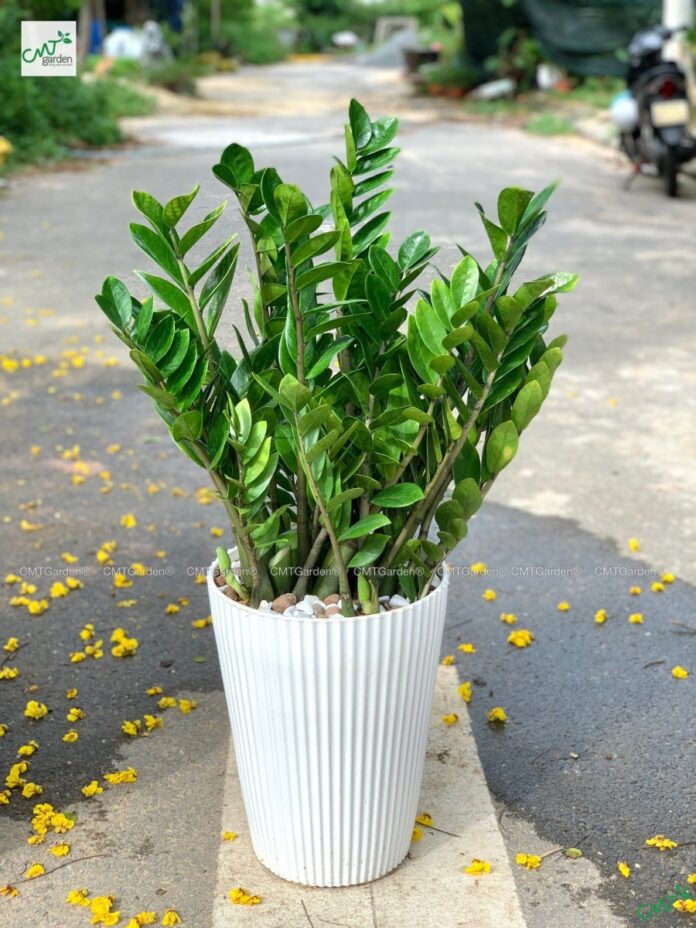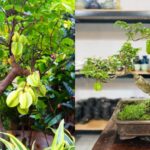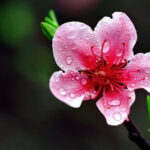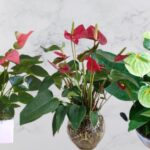Discover 5 types of Feng Shui plants that bring good fortune, along with their meanings. Our plant expert also shares easy care tips to help them thrive – and the best part is, they’re all low-maintenance!
1. Money Tree Plant
Money trees are easy to grow and care for. They feature round, thick leaves that resemble coins, symbolizing wealth. In Chinese culture, they are believed to attract financial prosperity.
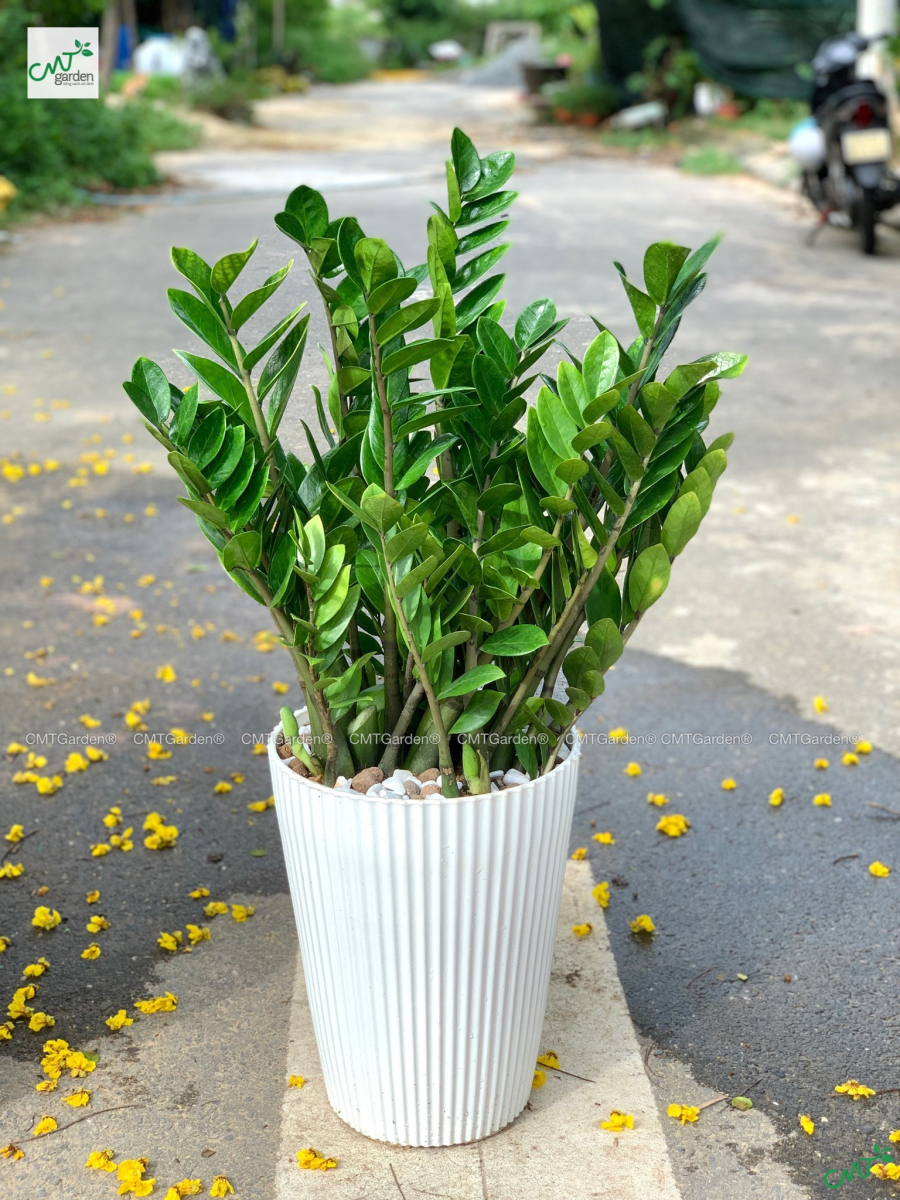
Care Tips:
Keep the soil moist but not waterlogged.
Feed with balanced organic fertilizer once a month from spring to autumn.
If the leaves curl, it may be due to heat stress. Maintain stable humidity and avoid direct, intense sunlight.
2. Chinese Evergreen
With numerous varieties of Chinese Evergreens available, it can be tricky to choose. But if you’re after a lucky Feng Shui plant, go for Aglaonema ‘White Kiwi’. It boasts stunning green and white foliage.
Feng Shui-wise, this plant brings positive energy and good luck to your living space. One of the reasons it’s considered lucky is its ease of care and hardy nature.
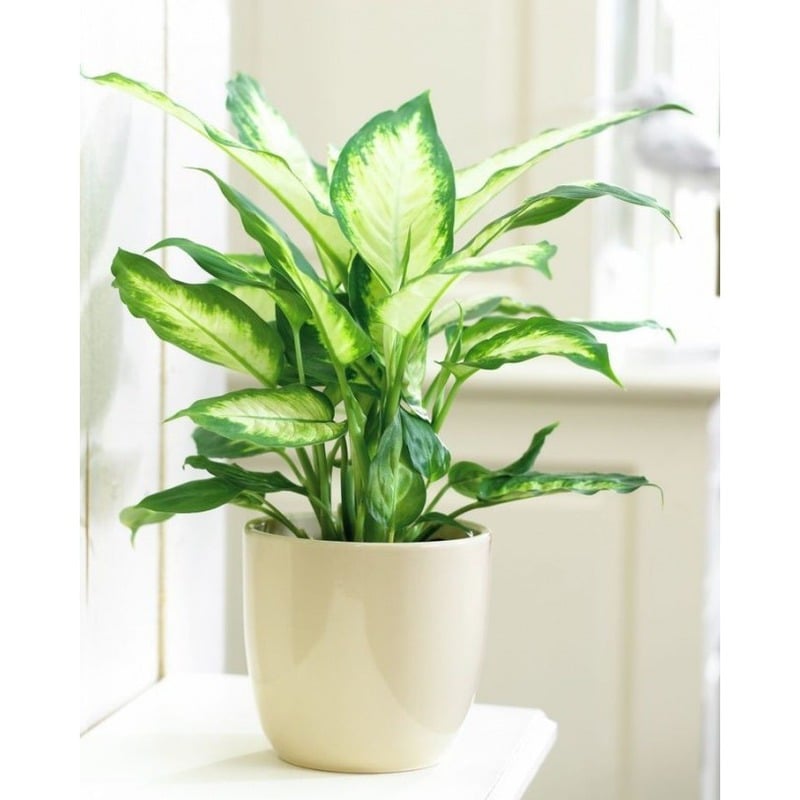
Care Tips:
Tolerates low light but can also thrive in brighter spots.
Water sparingly, only when the top layer of soil is dry.
Slow-growing, so you’ll only need to repot every 3 years or so.
3. Lucky Bamboo
As the name suggests, Lucky Bamboo is a symbol of good fortune in many Asian cultures. Its fast-growing nature and ease of propagation contribute to its lucky reputation.
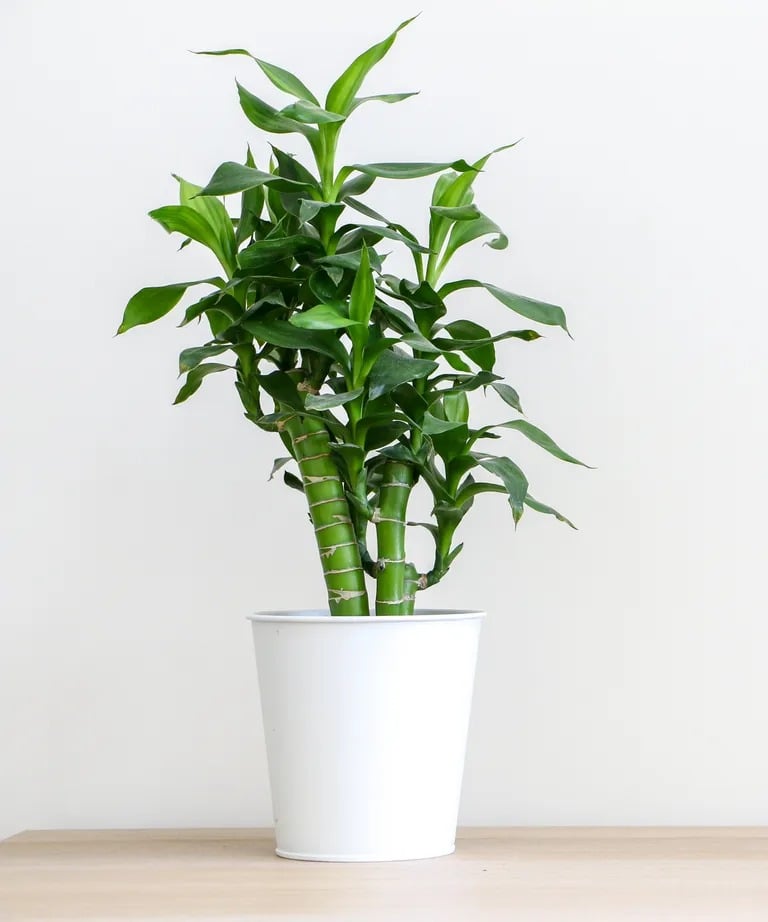
The number of stalks in a Lucky Bamboo arrangement holds different meanings:
1 stalk: Symbolizes a meaningful life.
2 stalks: Brings luck in love.
3 stalks: Represent happiness and longevity.
You can also place Lucky Bamboo in specific areas of your home to enhance its Feng Shui benefits.
Care Tips:
Usually grown in water, so change the water every 1-2 weeks.
If using filtered or RO water, feed with diluted fertilizer every 3 months.
Requires indirect light, avoiding harsh direct sunlight.
4. Peace Lily
Peace Lilies are not only beautiful, but they also hold special significance in Feng Shui. They are known for their ability to tolerate neglect and bounce back, earning them the nickname “resurrection plant.”
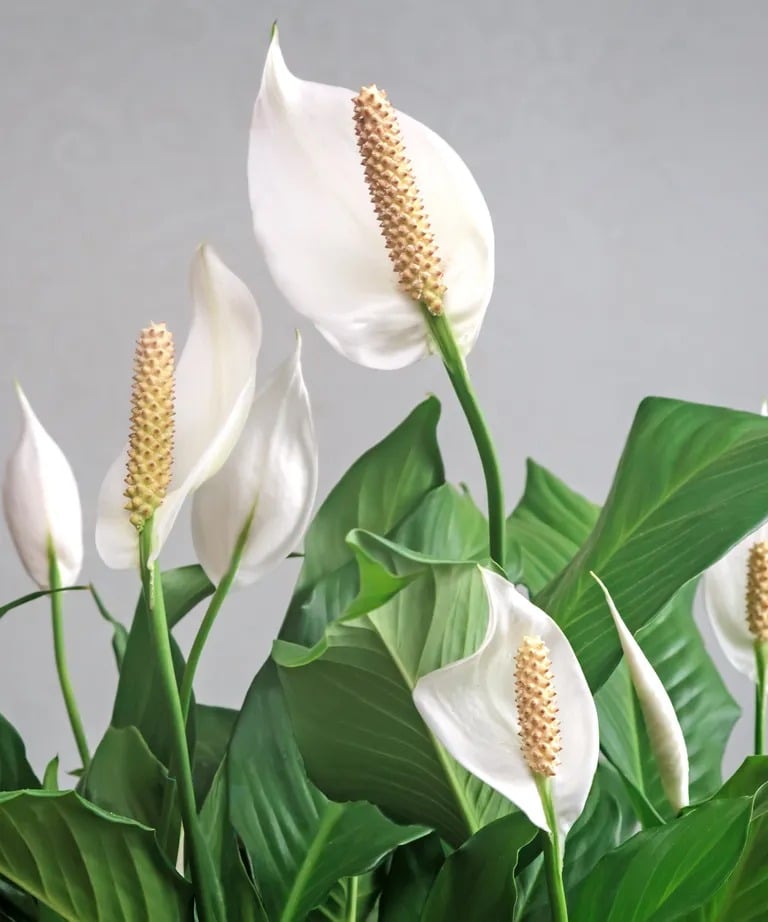
Feng Shui Meanings:
Associated with rebirth and renewal.
Care Tips:
Place in a bright, indirect light spot to encourage frequent flowering.
Keep the soil moist but not soggy.
If leaves turn yellow or droop, it may be due to overwatering or lack of light.
Remove spent flowers to encourage new blooms.
5. Jade Plant
Jade Plants are considered a symbol of wealth and prosperity, much like the jade gemstone.
In Feng Shui, placing this plant in your office or near the entrance of your home is believed to attract financial abundance.
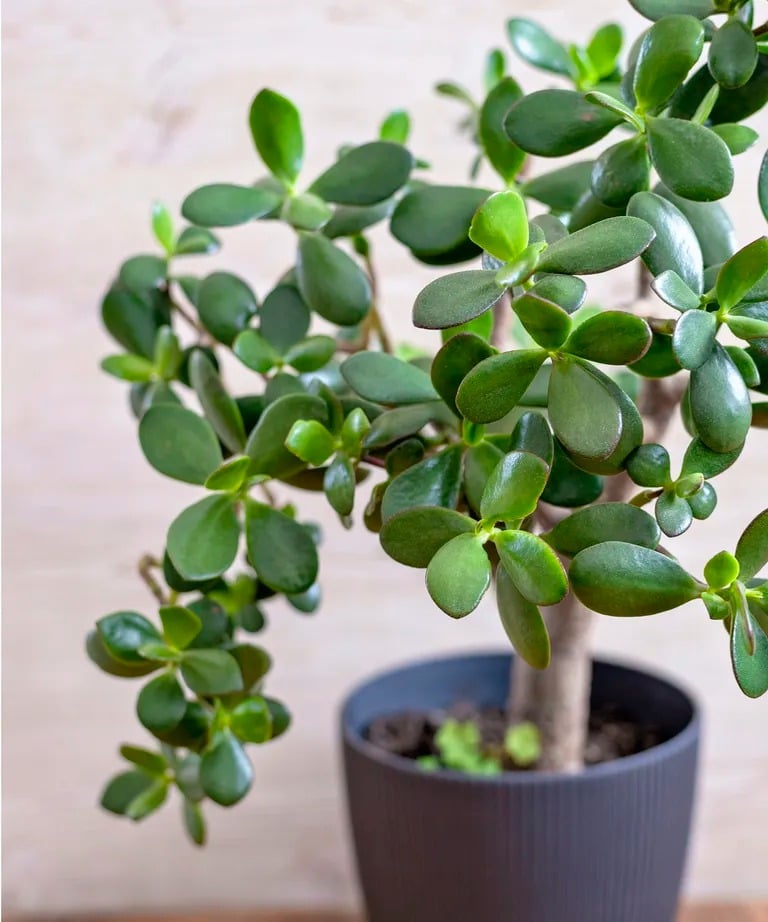
Care Tips for your Jade Plant:
Allow the soil to dry out between waterings, as they are succulents.
Avoid overwatering, which can lead to root rot.
Provide bright light to promote healthy growth.
Fertilize every 6 months with a specialized succulent fertilizer.
The Ultimate Guide to Choosing and Caring for Peach Blossoms this Lunar New Year to Invite Prosperity into Your Home
The tradition of displaying peach blossoms during the Tet holiday, a time of celebration and renewal in Vietnamese culture, is steeped in symbolism and significance. For generations, families have meticulously selected and adorned their homes with these delicate blooms, believing they bring joy and good fortune for the coming year. This ritualistic practice of welcoming spring and its promise of new beginnings through the beauty of nature is a cherished custom, unique to the Tet festival, and an integral part of bringing the festive spirit into Vietnamese homes.

